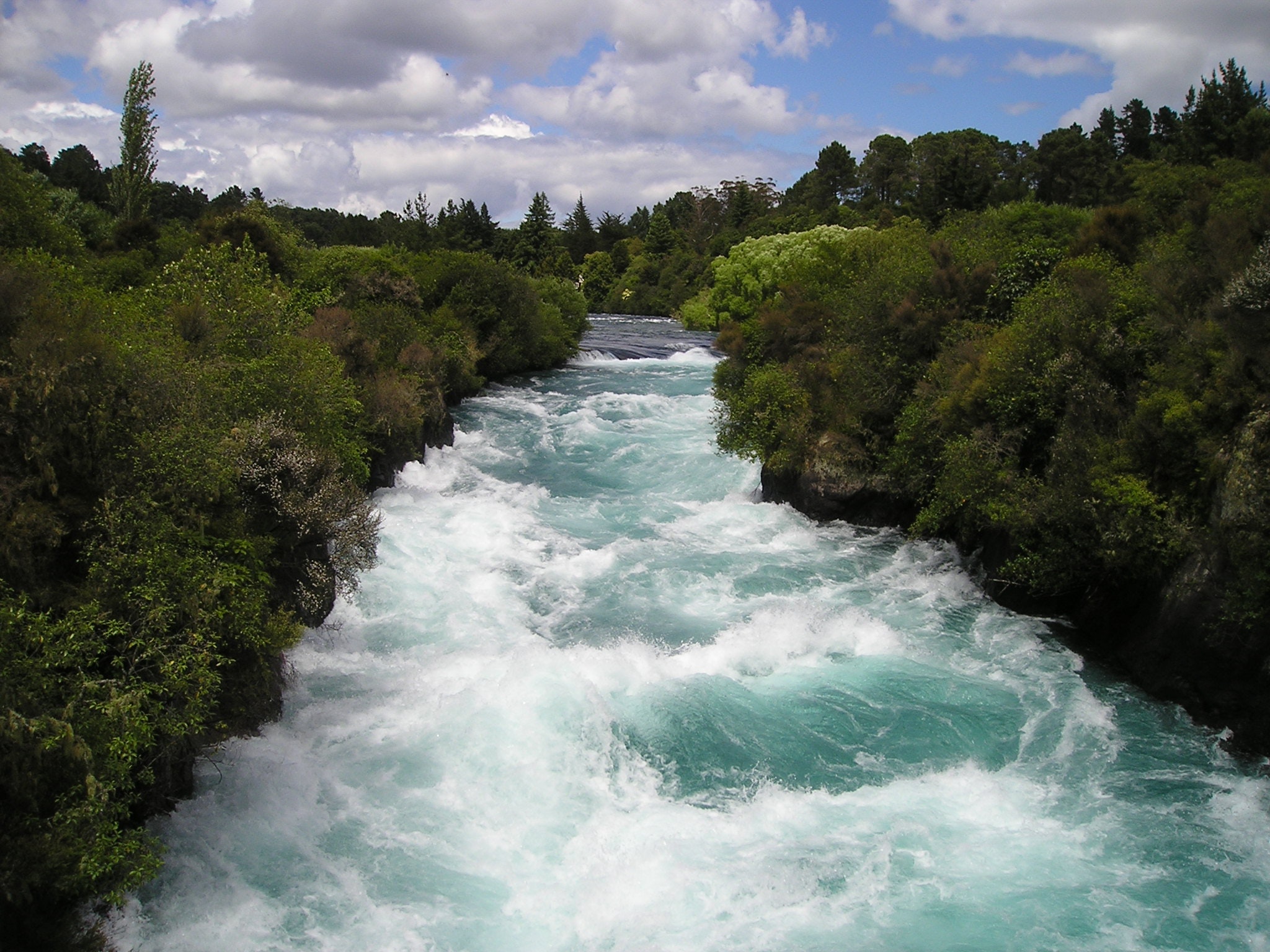Debris Flow
Debris flows represent one of the most dangerous types of mass movements, because of their high velocities, large impact forces and long runout distances. This review describes the available debris-flow monitoring techniques and proposes recommendations to inform the design of future monitoring and warning/alarm systems.
Debris Flow Monitoring & Warning System
The sensors found in these monitoring systems can be separated into two classes: a class measuring the initiation mechanisms, and another class measuring the flow dynamics. The first class principally includes rain gauges, but also contains of soil moisture and pore-water pressure sensors. The second class involves a large variety of sensors focusing on flow stage or ground vibrations and commonly includes video cameras to validate and aid in the data interpretation.

